- The paper demonstrates that prioritizing low-frequency learning via selective Gaussian expansion significantly reduces floating artifacts in 3D Gaussian Splatting.
- It introduces the Low-Frequency-Come-First algorithm, using depth-based and scale-based strategies to achieve improved metrics, including a 1.68 dB PSNR gain.
- The approach effectively enhances visual quality in 3D reconstruction and editing, maintaining real-time performance on both synthetic and real-world datasets.
Low-Frequency First: Eliminating Floating Artifacts in 3D Gaussian Splatting
Introduction and Motivation
3D Gaussian Splatting (3DGS) has emerged as a highly efficient explicit representation for real-time 3D reconstruction and novel view synthesis. Despite its computational advantages and visual quality, 3DGS is susceptible to floating artifacts—erroneous structures detached from the true scene geometry—especially under low-quality initialization or noisy input conditions. These artifacts degrade both the fidelity and generalizability of rendered views, particularly in testing scenarios. The paper addresses the root causes of floating artifacts from a frequency-domain perspective and introduces Eliminating-Floating-Artifacts Gaussian Splatting (EFA-GS), a framework that prioritizes low-frequency learning to mitigate these artifacts while preserving high-frequency details.
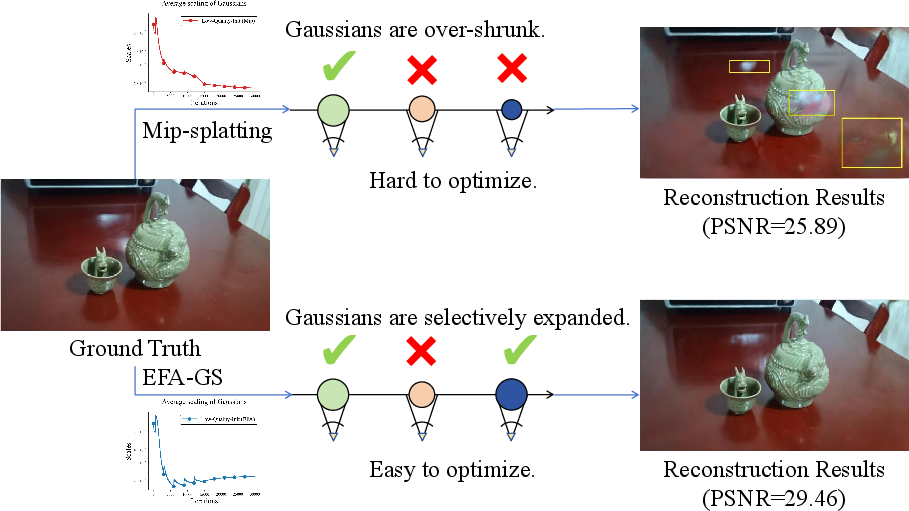
Figure 1: EFA-GS selectively expands under-optimized Gaussians to correct frequency bias and suppress floating artifacts, outperforming ordinary 3DGS frameworks.
Frequency-Domain Analysis of Floating Artifacts
The authors perform a rigorous frequency-domain analysis, leveraging the Nyquist-Shannon sampling theorem to relate Gaussian scale and coordinate to the ability to capture frequency information. In multi-view settings, the sampling rate for each Gaussian is determined by its depth and the camera's focal length, with the sampling interval inversely proportional to the rate. Gaussians whose scale falls below the sampling interval are under-optimized, failing to capture reliable low-frequency content and thus prone to becoming floating artifacts.
Empirical evidence demonstrates that noisy initialization exacerbates the rapid shrinkage of Gaussian scales during early training, resulting in a frequency bias where low-frequency information is insufficiently learned. This phenomenon is illustrated by the collapse of Gaussian scaling dynamics within the first 5,000 iterations, followed by a slow decay phase.
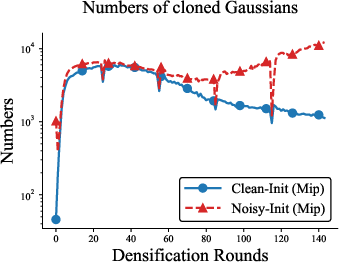
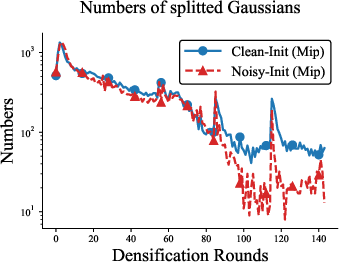
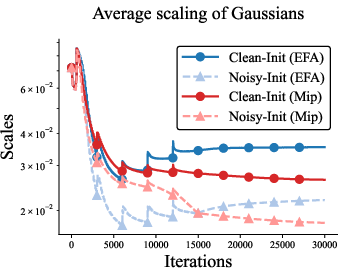
Figure 2: Noisy initialization increases the number of cloned (over-shrunk) Gaussians, leading to more floating artifacts.
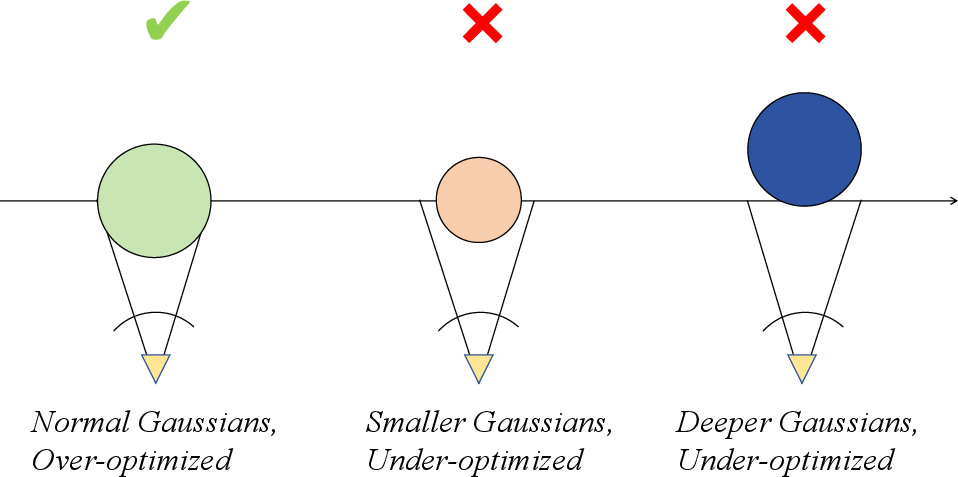
Figure 3: Gaussians larger than the sampling interval are over-optimized, while smaller Gaussians are under-optimized and susceptible to floating artifacts.
Limitations of Existing Anti-Aliasing and Regularization Methods
Static low-pass filtering, as implemented in Mip-splatting, fails to address the non-stationary scaling behavior and does not differentiate between over- and under-optimized Gaussians. Depth-based regularization methods, while partially effective, can erode fine-grained details and are limited by the relatively fixed nature of Gaussian depths. The analysis reveals that floating artifacts are more pronounced in testing views than training views, confirming that under-optimized Gaussians are not sufficiently corrected during training.
EFA-GS: Selective Frequency Manipulation
The core contribution is the Low-Frequency-Come-First (LFCF) algorithm, which dynamically expands under-optimized Gaussians based on cumulative gradient information, enforcing accurate low-frequency learning before high-frequency details are fit. The algorithm operates as follows:
1
2
3
4
5
6
7
8
|
for gaussian in gaussians:
if gradient(gaussian) > threshold:
if gradient(gaussian) > previous_gradient(gaussian):
expand_gaussian(gaussian, scale_factor)
else:
shrink_gaussian(gaussian)
split_gaussian(gaussian)
previous_gradient(gaussian) = gradient(gaussian) |
This selective expansion is complemented by depth-based and scale-based strategies. The depth-based strategy assigns lower expansion factors to deeper Gaussians, reflecting their lower sampling rates. The scale-based strategy preserves Gaussian volume by expanding the shortest axis and shrinking the longest, maintaining ∏ici=1.

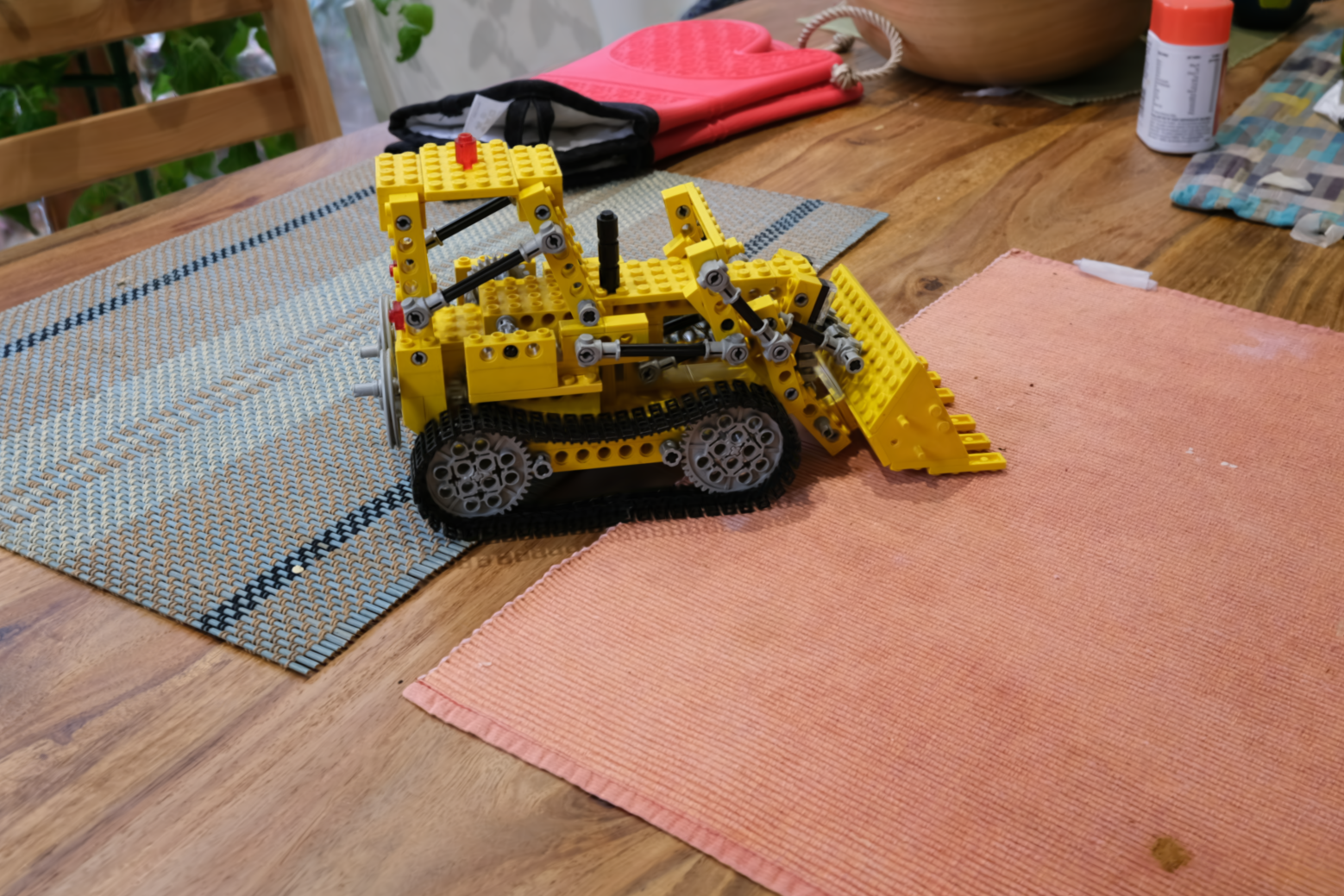
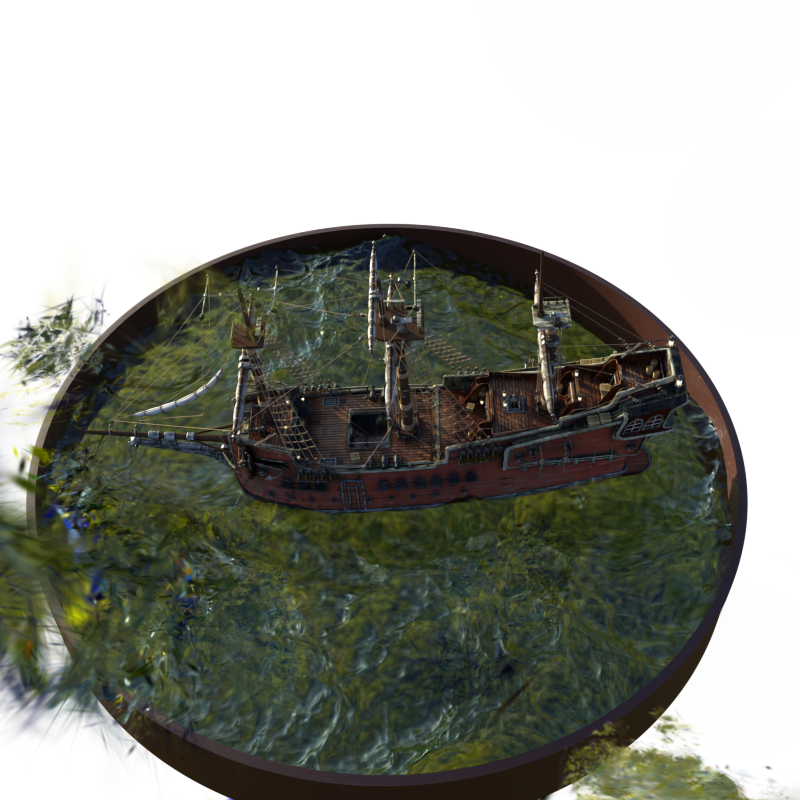
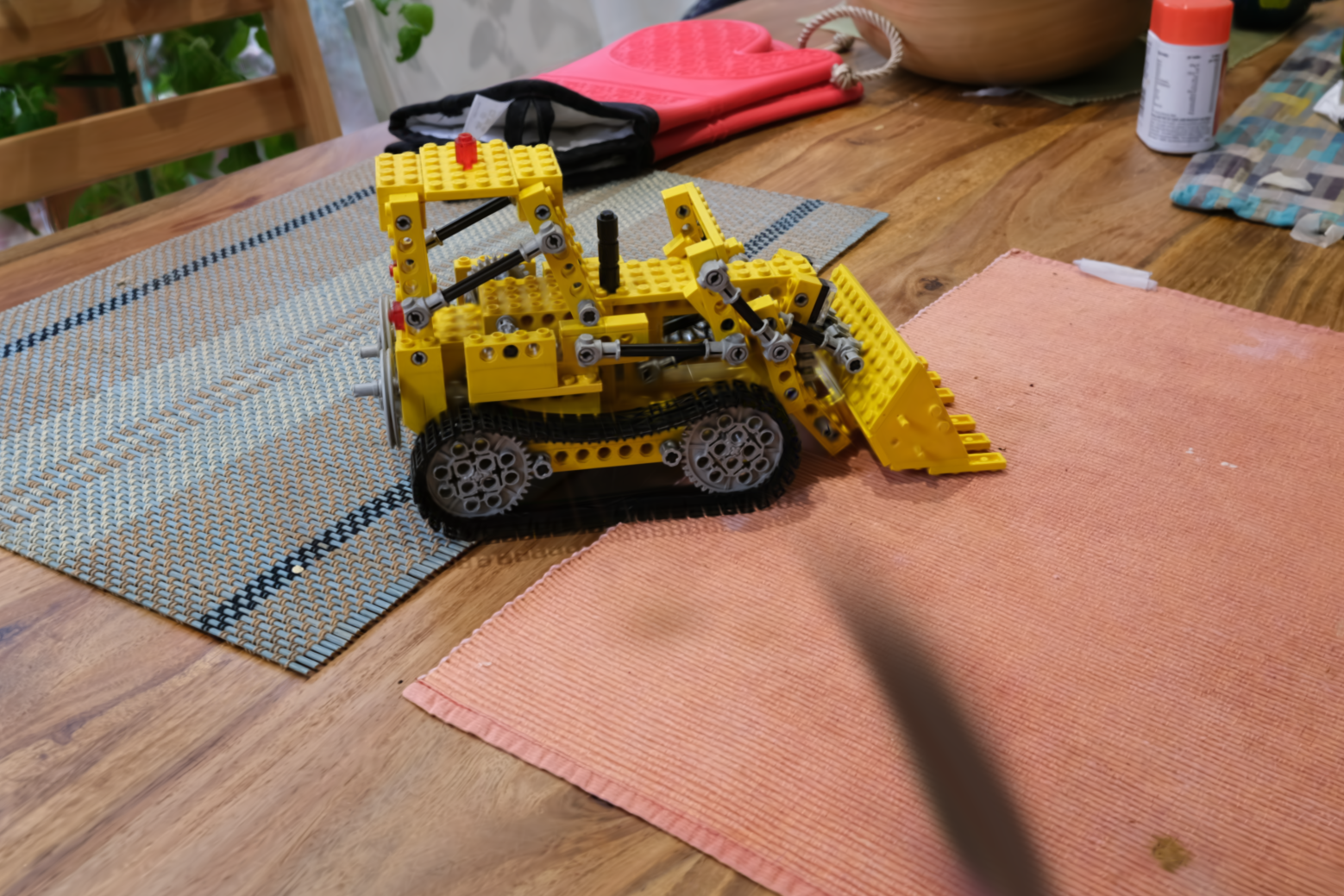
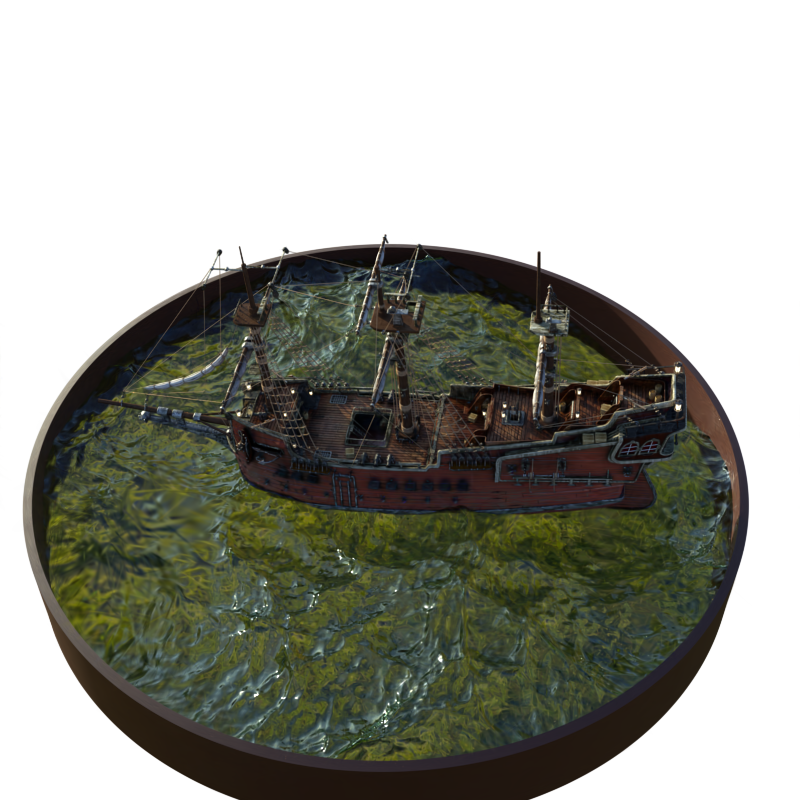
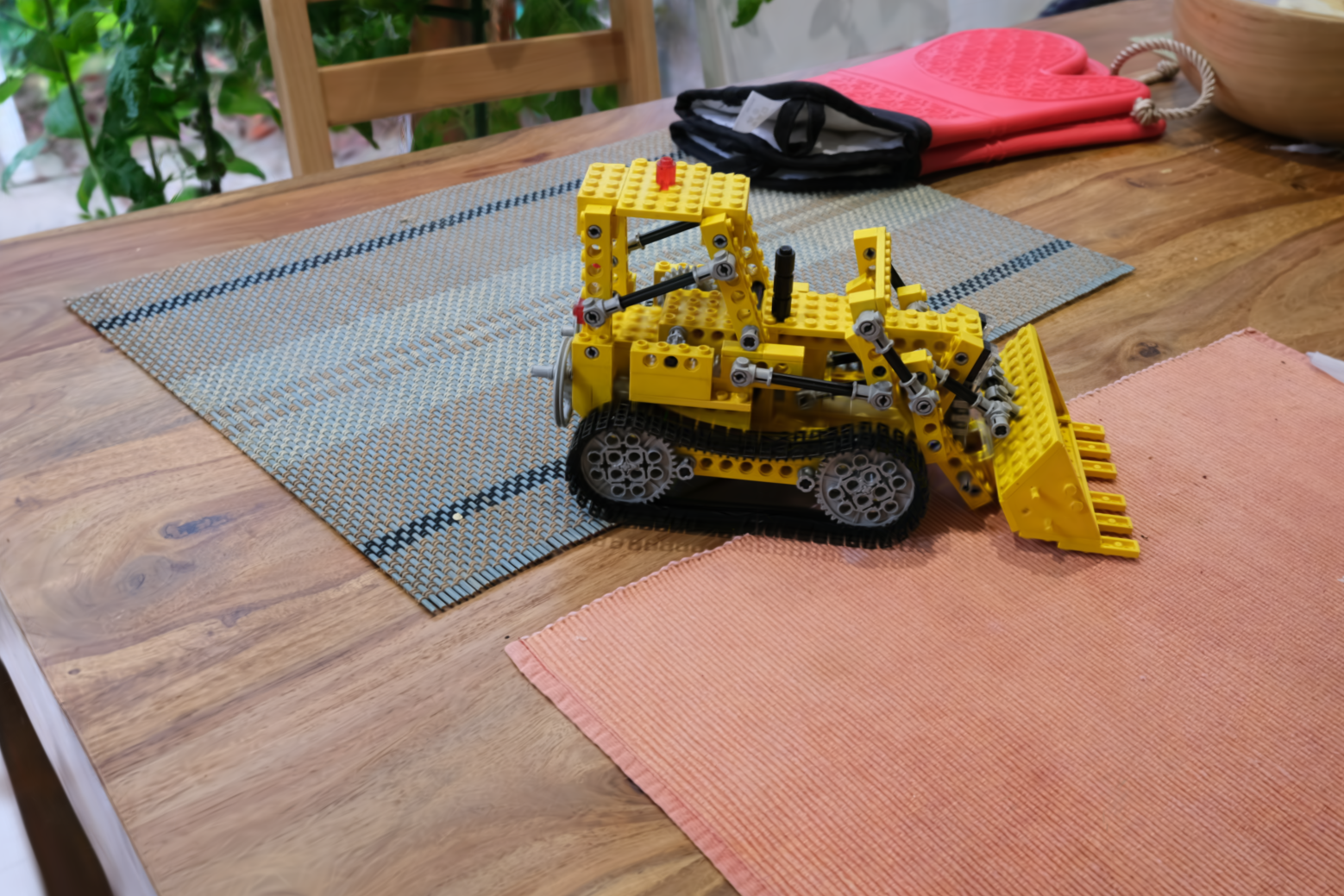

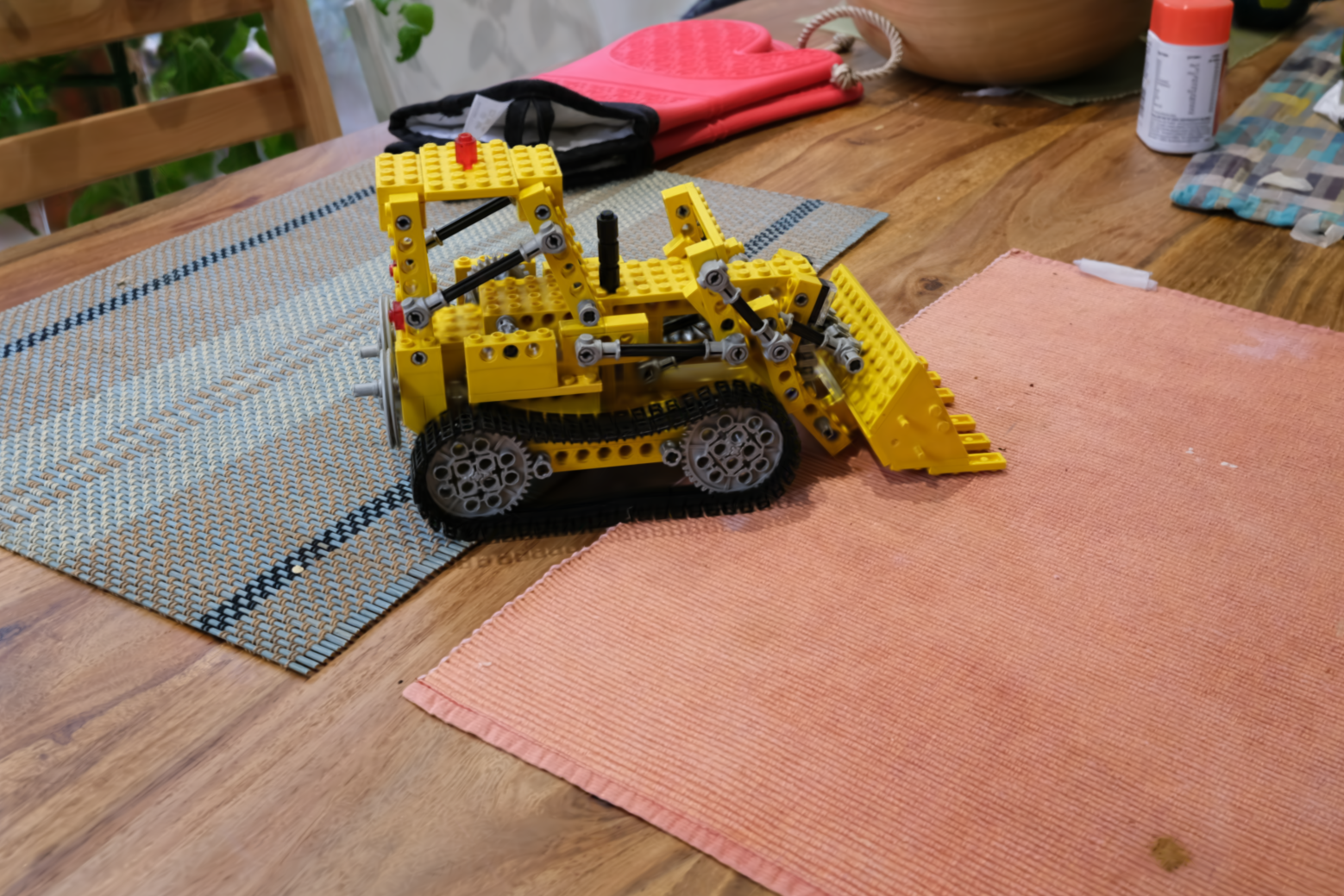
Figure 4: Clean initialization yields fewer artifacts compared to noisy initialization, as shown in rendered test views.
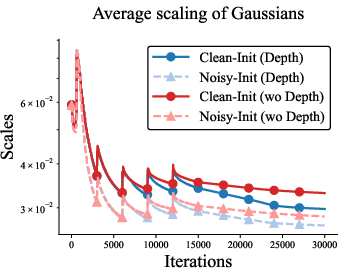
Figure 5: Average scaling of Gaussians during 2DGS training on the ship dataset, highlighting the impact of initialization noise.
Experimental Results and Ablation Studies
EFA-GS demonstrates substantial improvements over baseline methods across synthetic and real-world datasets. On the RWLQ dataset, EFA-GS achieves a 1.68 dB PSNR improvement over Mip-splatting, with superior SSIM and LPIPS scores. Ablation studies confirm the necessity of both depth-based and scale-based strategies for optimal performance. The framework is robust to hyperparameter variations and maintains computational efficiency, with training times comparable to or better than vanilla 3DGS.
Qualitative results show that EFA-GS effectively eliminates floating artifacts while preserving reflective and fine-grained details, outperforming depth-regularized and frequency-loss-based alternatives.



Figure 6: Ground truth reference for qualitative comparison.






Figure 7: Original view with floating artifacts present in baseline 3DGS.
Application to 3D Editing and Downstream Tasks
EFA-GS is compatible with existing 3DGS-based editing pipelines, such as GaussianEditor, and improves visual quality in text-driven 3D editing tasks by suppressing artifacts that arise during manipulation. The framework generalizes well to complex scenes and low-quality real-world datasets, demonstrating its practical utility.
Implementation Considerations
- Computational Overhead: EFA-GS introduces minimal additional computation, as gradient checks reuse existing values and selective expansion reduces unnecessary densification.
- Hyperparameter Sensitivity: The method is robust to changes in expansion factors and LFCF intervals, with recommended defaults of cmax=1.5 and r=2.
- Scalability: The approach scales efficiently to large scenes and high-resolution datasets, maintaining real-time performance.
Implications and Future Directions
The frequency-domain perspective on floating artifacts provides a principled foundation for further research in explicit 3D representations. EFA-GS's selective frequency manipulation could be extended to other point-based or volumetric rendering frameworks. Future work may explore adaptive strategies for hyperparameter tuning, integration with neural implicit representations, and application to dynamic or non-rigid scenes.
Conclusion
EFA-GS offers a theoretically grounded and empirically validated solution to the persistent problem of floating artifacts in 3D Gaussian Splatting. By prioritizing low-frequency learning through selective Gaussian expansion and complementary strategies, the framework achieves superior artifact suppression and detail preservation with limited computational cost. The frequency-domain analysis and algorithmic innovations presented in this work have significant implications for the robustness and generalizability of explicit 3D representations in both reconstruction and editing tasks.






















